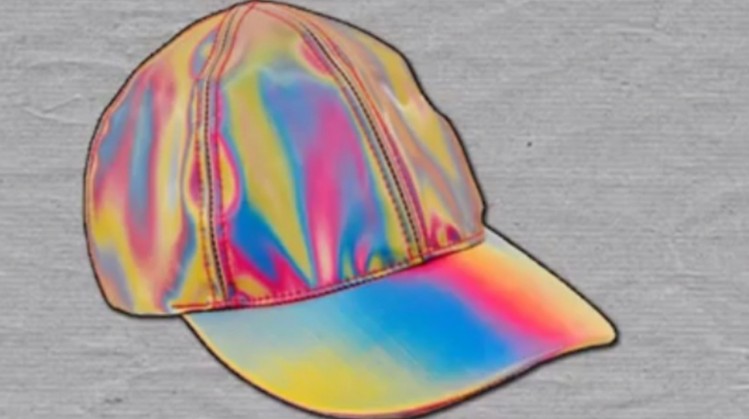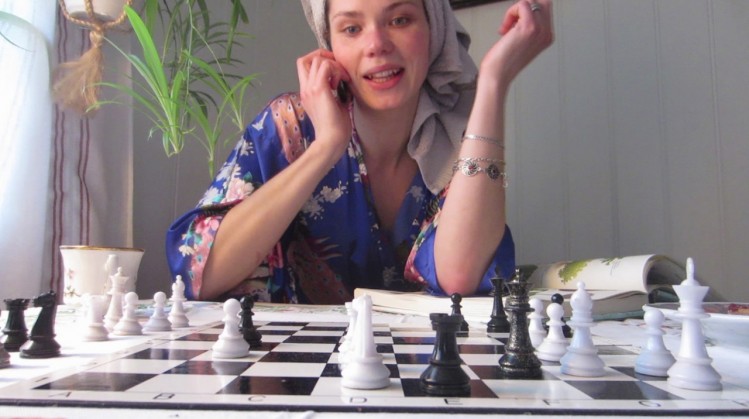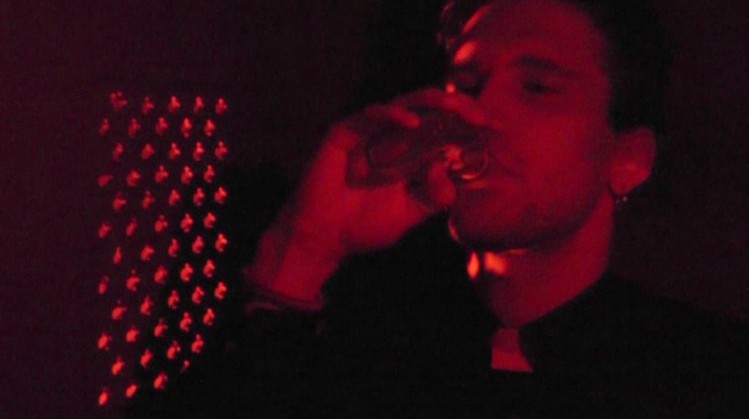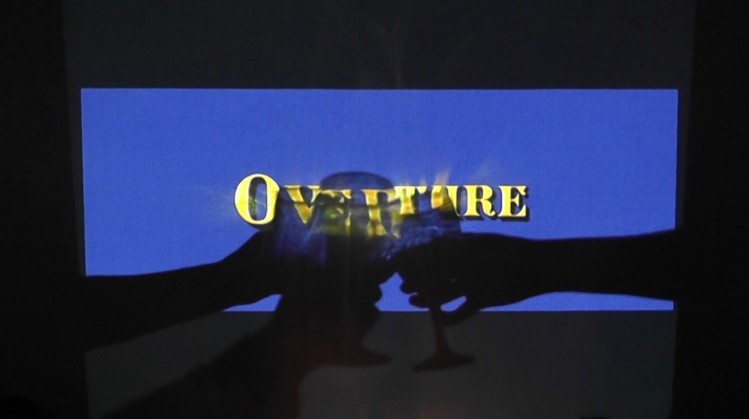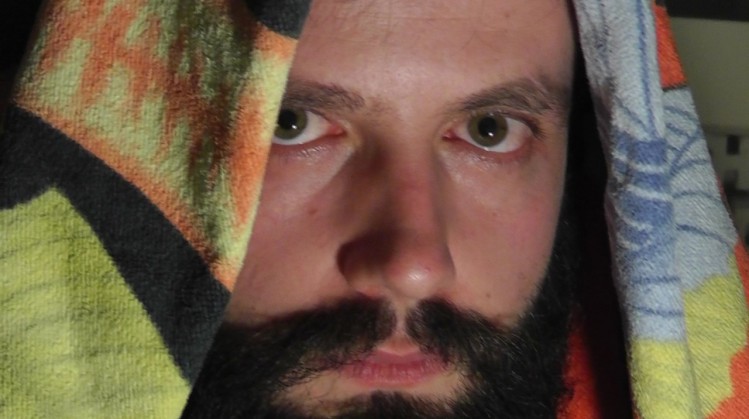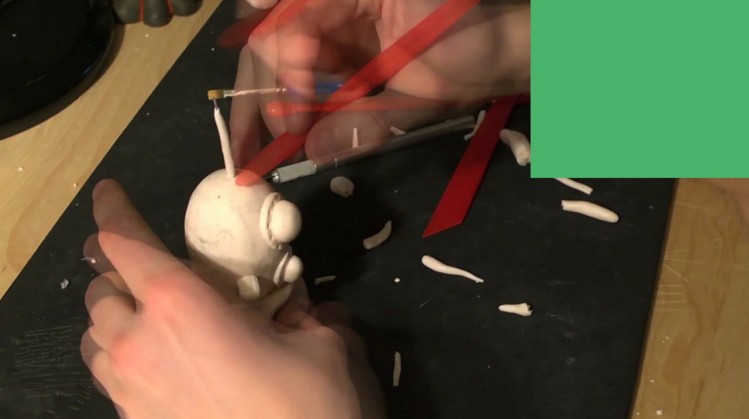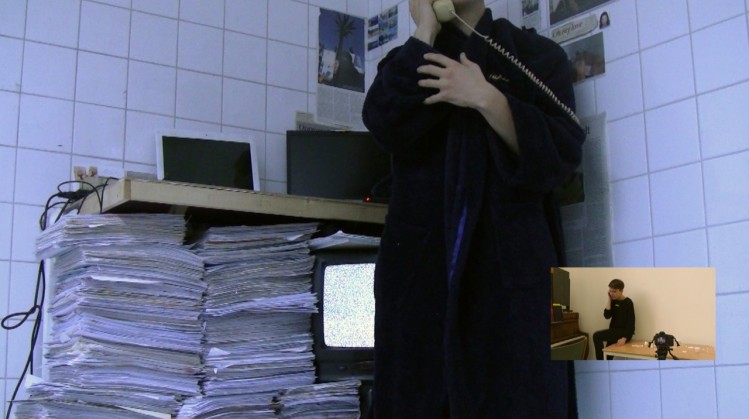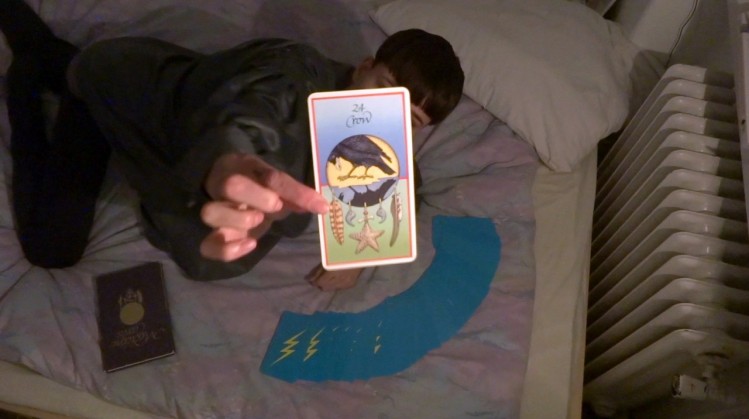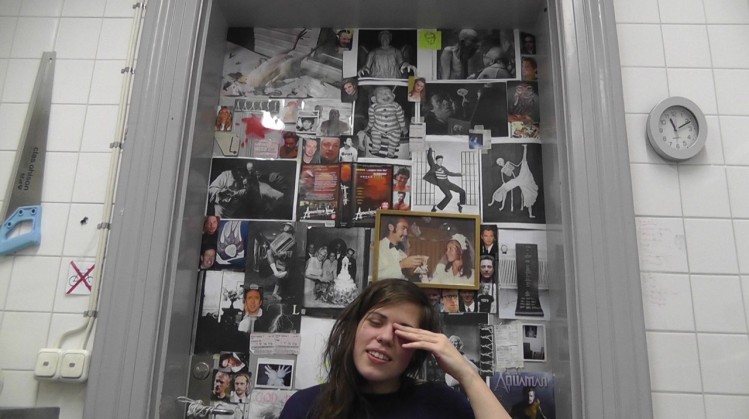IHRA LILL
HOW TO MAKE THE MOVIE OF YOUR DREAMS
Date: 2014
Length: 69:00 min.
Format: 16:9
Specifications: Colour, Sound, Single Channel
Courtesy the artist
HOW TO MAKE THE MOVIE OF YOUR DREAMS von Ihra Lill ist ein Film über das Filmemachen und das Filmschaffen. Experimentell zeigt sie uns mit kurzen, selbstgedrehten Videoeinheiten, wie und mit welchen Voraussetzungen der Film der eigenen Träume gestaltet werden kann. Ohne jegliche finanzielle Mittel, Beziehungen oder vorher zu wissen, wovon die Geschichte handelt, konzipiert sie in sprachlicher und visueller Hinsicht ein träumerisches Werk mit Laborcharakter. Es scheint anfangs konfus und eine wahllose Aneinanderreihung von Kurzsequenzen zu sein, doch ist die konzeptuell orientierte Dreiteilung, die allem zugunde liegt, schnell zu erkennen. In »Create a Process«: Weiße Kacheln, eine Tür. In wiederkehrenden Interviews stellt Lill den Film in seinem kreativen Produktionsprozess vor. »Breaks«: Geschlossene Augen, Zwinkern, Fallenlassen, Träumen. Cut – neue Sequenz. »This is a great solution!« Und »Story«: Mit vielen verschiedenen Zugängen erzählt sie eine Geschichte über eine Person, deren Arbeit zu einer Reise wird. Episodenweise wird ein Mann mit Bademantel im Anschnitt, ohne Blick auf das Gesicht, in seinem Büro gezeigt. In mehreren, sich überlagernden Screens bespricht er seine Probleme mit drei Frauen, bis seine Reise an einem idyllischen See endet. In den Räumen einer Kunsthochschule fügen sich die Teile aus psychologischen und metakommunikativen Fragmenten zusammen. Mit atmosphärischen, akustischen und reflektierenden Sequenzen zeigt uns das Video, wie wichtig ein Soundtrack ist, jedoch vor allem, wie die Produktionsästhetik wirkt.
Valerie Reda
* 1986 in Oslo NOR, lebt und arbeitet in Tønsberg NOR
Studium an der Malmö Art Academy SWE
Interview:
» 1. Your work has been chosen among over 1200 festival entries to participate in VIDEONALE.15. In which context do you prefer to present your work, festival/cinema context or exhibition? And what kind of difference does the respective mode of presentation mean for you / your work?
The work was originally made as the final product in a solo exhibition. Pieces of the movie set were on display for the audience walk through before sitting down in a small cinema to watch the film they were made for. The work was made to be shown with the sets and props, but it I am excited to find out how it stands on its own.
» 2. How do you see “The Call of the Wild“ reflected in your work presented at VIDEONALE.15?
The story in the movie is set to the year 2036, in a not too distant future where rebelling against technology and any conformity of society is an essential part of the main character`s struggle. I would say that it`s about the struggle to find back to the ideal of a society where it`s about being happy and having to fight to stay alive. And the link between the theme and my movie that is almost too obvious to mention, is that a lot of the story plays out between the main character and people that call him on his office phone line.
» 3. Can you describe your intention for doing art in one sentence?
It all comes back to my obsession with pushing the limits of imagination and give audiences stories that comes out from my brain and takes up new space in theirs in a possible domino effect of new thoughts.
» 4. In which way is the video medium an excellent possibility to express your intended subjects, especially in contrast to other media you use? Or do you work exclusively with video?
Video is my favorite media for imitating and reenacting the speed in which my ideas and stories appear in my mind. Every filmmaker knows how much work it is to film and edit, so the thrill is in the illusion of it being fast, spontaneous and easy.
» 5. If you have the chance to ask the visitors of the VIDEONALE.15 exhibition questions about your own work, what would be your question?
Does this movie have a plot in the end or is the story and the main character still trapped in the imagination of the creator?
